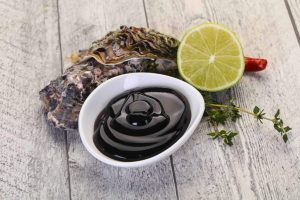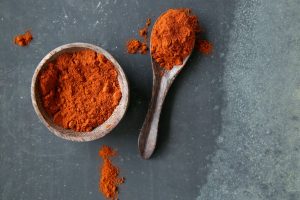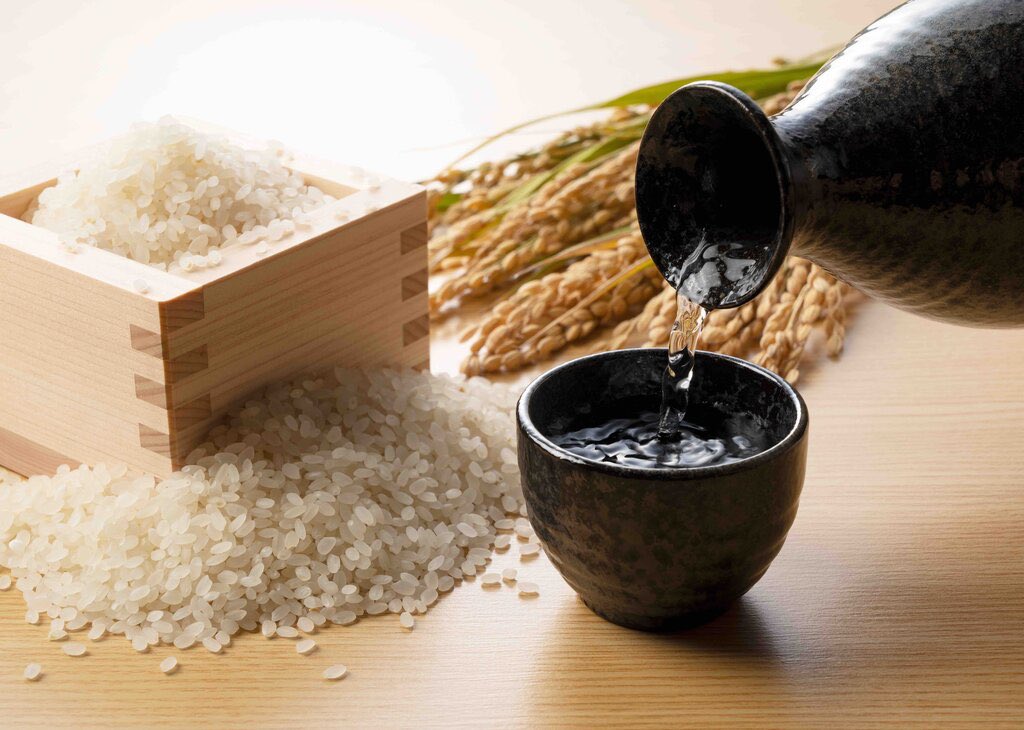
Most of us may understand sake as a beverage to pair with meals. But, sake is in fact a culinary wonder. True lovers of Japanese cuisine will know that like soy sauce and mirin, some recipes just aren’t the same without the complexity of sake. That said, even if you do not have sake in your pantry, you do not have to make a trip to the grocery store. There are other ingredients in your kitchen that can also function similarly to sake, while also imparting the same flavor. From alcoholic options to non-alcoholic ones, we’ve filtered through all the possible sake substitute options you can use!
What is Sake?
Sake (pronounced sah-kay) is a traditional Japanese liquor made from fermented rice. This alcohol is brewed similarly to how beer is processed and is consumed just like wine. It is recognized for its clear water-like appearance. However, some sake is lightly golden or cloudy, depending on its fermentation or filtration. In terms of taste, this rice liquor has a slight tinge of sweetness and a nutty, fruit aroma. It also has a high alcohol content of 15 to 20 percent ABV.
In Japanese cuisine, there are two types of sake that are used – cooking sake and regular drinking sake. Though both can be applied for cooking, it is important to note which one you’re using to balance your seasoning. Cooking sake has lesser alcohol content but higher salt content than regular drinking sake. Using sake in cooking not only enhances the umami flavor of any dish but also tenderizes meats and eliminates any funky odors, hence its importance in Japanese cooking. The depth of flavor sake adds to your food is a definite game-changer. And if you do not have sake, then check out the list of sake substitutes below.
Alcoholic Sake Substitutes
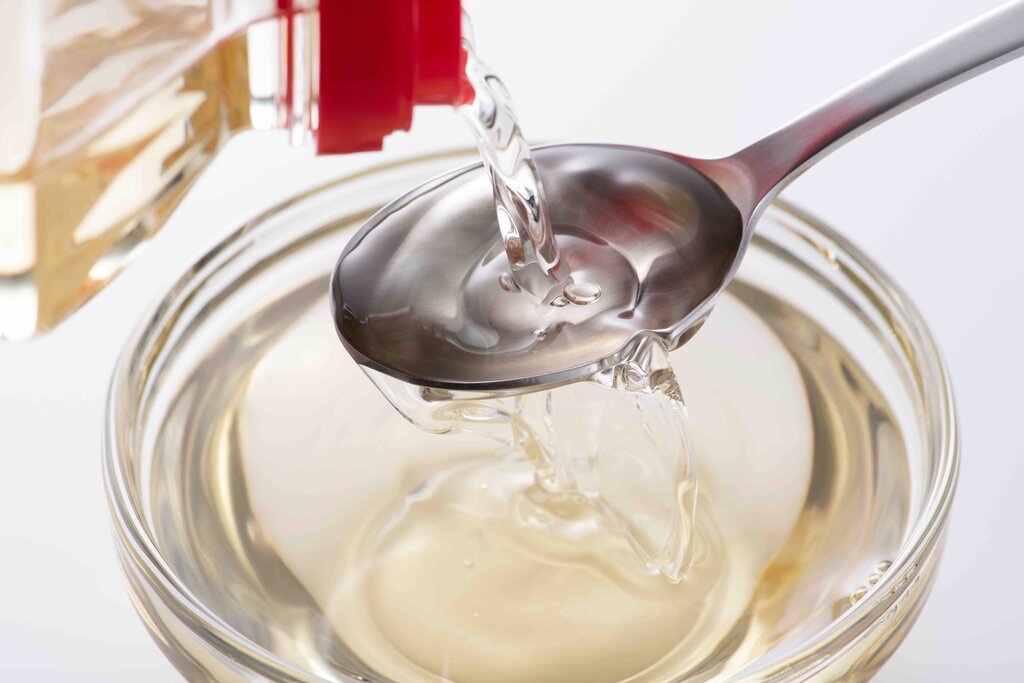
Alternatives that have similar origins to sake are great options to start with. If you don’t mind a little booze, here are alcoholic sake substitutes you can use:
Mirin
Mirin is one of the best substitutes for sake since it is also made from fermented rice. However, mirin has more sugar and less alcohol content (14 percent ABV) than sake. This flavorful alternative also has a thicker and syrupy consistency than sake, which is why mirin is best used in sauces, glazes, marinades, and broths. And like sake, mirin’s fermented and sweet flavor pairs well with the saltiness of soy sauce. You can use the same proportion of mirin as you would for sake in any recipe. Additionally, you can also use aji-mirin (like mirin) if it’s easier to get, though it tends to be on the sweeter side with less alcohol.
Shaoxing Rice Wine
Commonly known as Chinese cooking wine, this alternative originated in Shaoxing, China. Similar to sake and mirin, this ingredient is a staple in Asian cooking as it adds depth and flavor to stir-fries, marinades, or wantons. While its brownish-yellow hue appearance is evidently different from sake, this rice wine shares a similar hint of sweetness and nuttiness to sake. Bear in mind that Chinese rice wine has salt added to it, in case you’re watching your sodium intake. As sake is a type of rice wine, it’s clever to use another rice wine from another place as a substitute. Just use an equal amount of Shaoxing wine in place of sake.
Dry Sherry
Sherry is a type of fortified wine that comes from Andalusia, Spain. Though it is made from white grapes and not rice, it is an excellent sake replacement as it has the same nutty and aromatic flavor profile as sake. Its sharp and intense acidity can be a bit stronger but it can easily work as a sake substitute in equal proportions. Used in smaller quantities, you won’t be able to tell the difference.
READ ALSO: Dry Sherry Substitute: 9 Alternatives You Should Try
Vermouth
Sharing similar qualities to sherry, vermouth is a fortified grape wine that is flavored with botanicals and spices. With its crisp tartness and intense depth, balancing it with sugar for cooking purposes is needed to mimic sake. Using two tablespoons of sugar for every ½ cup of vermouth is the ideal blend to be an effective sake substitute.
White Wine
Because of its similar flavor profile to sake, dry white wine is also a great substitute for this rice liquor. Similarly, an extra addition of sugar is needed to balance the robustness of this alcohol to fit your recipe. Two teaspoons of sugar for every teaspoon of white wine is the ideal portion to get that right balance. Alternatively, we recommend using an equal ratio of full-bodied white wine for sake.
Apple Cider
If the only thing you have is a cold bottle of apple cider, you can also use it as a replacement for sake when in a pinch. Don’t get it mixed up with apple cider vinegar, though! Alcoholic apple cider or hard cider can come in as a handy swap to incorporate acidity into a recipe. However, this alternative isn’t the best sake substitute to use as it has a distinctive sweet and sour flavor profile that differs from sake. That said, apple cider can still work well with soups, salad dressings, sauces, or marinades.
Non-Alcoholic Sake Substitutes
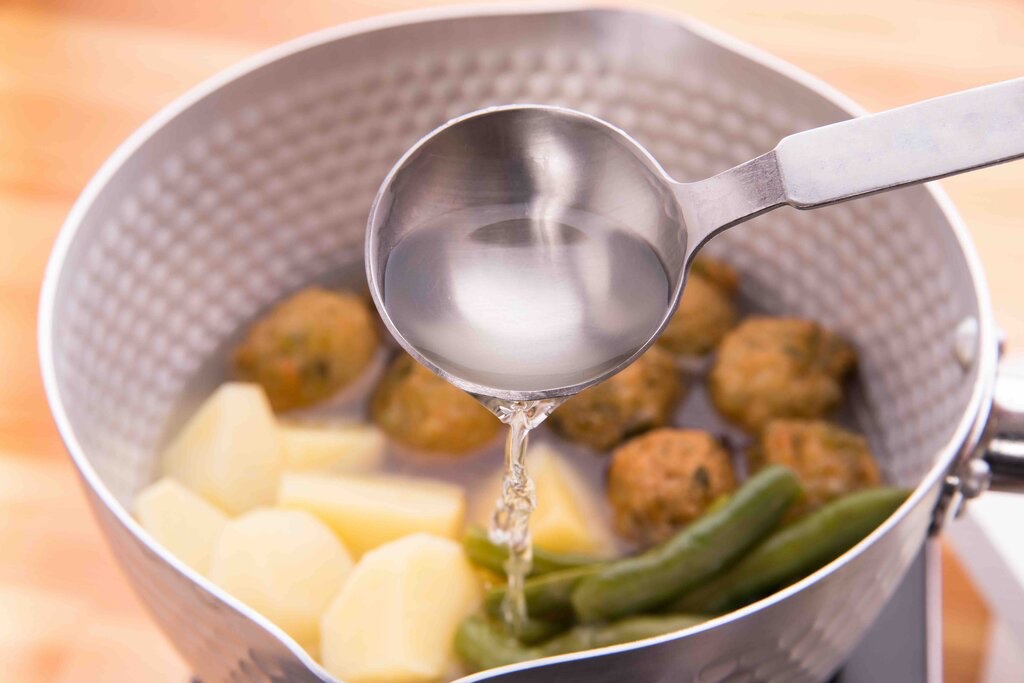
If you can’t consume alcohol due to religious or health reasons, there are other options you can use as well. Improvise without booze with any of these non-alcoholic sake substitutes:
Rice Wine Vinegar
As a close relative to rice wine, rice wine vinegar could be the first substitute you have in mind next to mirin. But to clear some confusion, rice wine vinegar goes through a different fermentation process than rice wine, making it a completely different product. With its sweet and acidic flavor, this substitute works well in salad dressings, marinades, and sauces. However, rice wine vinegar has a stronger and more pronounced flavor than sake so we highly recommend diluting it before using it as a sake substitute. To replace ¼ cup of sake, you’ll need to dilute 1 tablespoon of rice wine vinegar with 3 tablespoons of water. You can also mix a bit of sugar to help offset the acidity of the vinegar.
White Grape Juice
White grape juice is a great non-alcoholic substitute that adds sweetness to any dish, and a great source of vitamin C, as it is extracted from ripe white grapes. However, it does lack a bit of acidity, so incorporating a bit of juice or zest from any citrus helps boost piquancy. For this sake substitute, use it as a 1:1 replacement.
White Vinegar
Among the other kinds of vinegar on this list, white vinegar is more pungent and acidic. Also referred to as spirit vinegar, it is produced from fermented sugar cane extract, which is then oxidized for a long period of time. Another method of making white vinegar is by combining acetic acid and water. The latter is significantly more sour than the naturally fermented variation. To use as a sake substitute, it is best to combine a tablespoon of white vinegar with ½ teaspoon of sugar. If you find white vinegar too intense in flavor, you can opt to use distilled white vinegar which is purer and filtrated from ethanol. It is relatively weaker than spirit vinegar, so using the distilled kind mixed with a little bit of sugar might resemble sake better.
Balsamic Vinegar
With clear and lighter options aside, this dark-colored vinegar can also stand in as a sake alternative. Balsamic vinegar is an aged Italian product made from crushed grape juice that is reduced and fermented in barrels. Because of its fermented richness, balsamic vinegar lends a concentration of umami and molasses flavors to cooking. If you simply wish to improve the flavor of your dish, this sake substitute will work well as a replacement. It’s particularly best in stews, meats, marinades, and roasted vegetables. As it is quite strong, incorporate this condiment in small quantities and taste as you add.
Kombucha
Need a bit of funk to your dish? Then try Kombucha! This is a fizzy and fermented drink that is made from black tea, yeast, and sugar. With its rising popularity as a beverage teeming with health benefits, it’s quite easy to get a hold of from supermarkets. Often sweetened and infused with different fruits, the extra flavors in commercially produced kombucha can clash and disturb the delicateness of certain Japanese foods. Better to choose a plain type of this to swap for sake because you’re only after its acidity. An equal proportion of kombucha for the required sake in the recipe will certainly add that tang. Bear in mind that some brews usually contain a small percentage of alcohol. So, do check the label if you want to avoid that.
Yummy Recipes That Use Sake
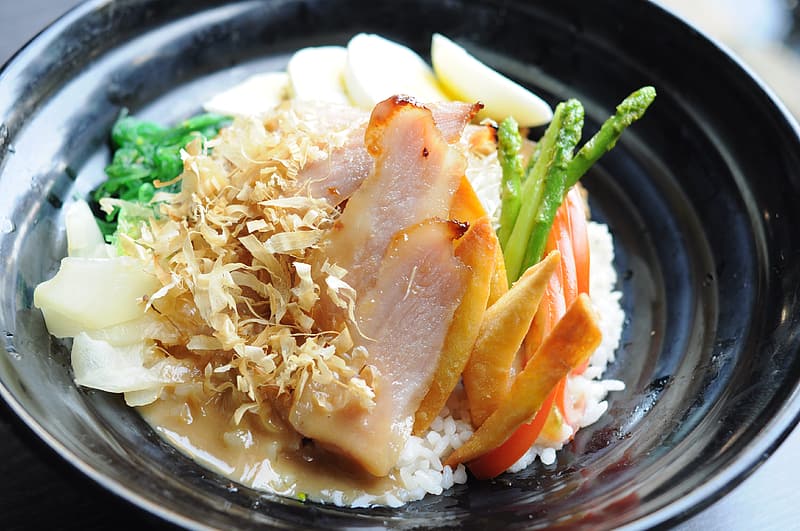
- Instant Pot Teriyaki Chicken Wings – Coat your tastebuds with the saucy goodness of these teriyaki chicken wings. It’s quick to make, with just a few simple ingredients like soy sauce, sake, and sugar. Add to that some garlic and ginger and you’ll have one of the most aromatic teriyaki wings.
- Miso Salmon with Sake Butter – For salmon lovers, this dish is the one for you. This miso-glazed salmon is paired with a luscious sake butter that adds an additional layer of creamy goodness to the dish. Serve it over a warm bowl of rice or soba noodles and enjoy!
- Chaliapin Steak – A splash of sake will enhance the taste of caramelized onions that crowns this tender meat. For added flavor, we recommend drizzling some rich sauce over this Japanese steak dish.
- Karaage Don (Fried Chicken Rice Bowl) – A classic in Japanese cuisine, this dish is sweet, savory, and crispy. The chicken is first fried and then cooked in a mixture of sake, mirin, soy sauce, and sugar. Top it off with a creamy soft-boiled egg for a perfect contrast of textures.



